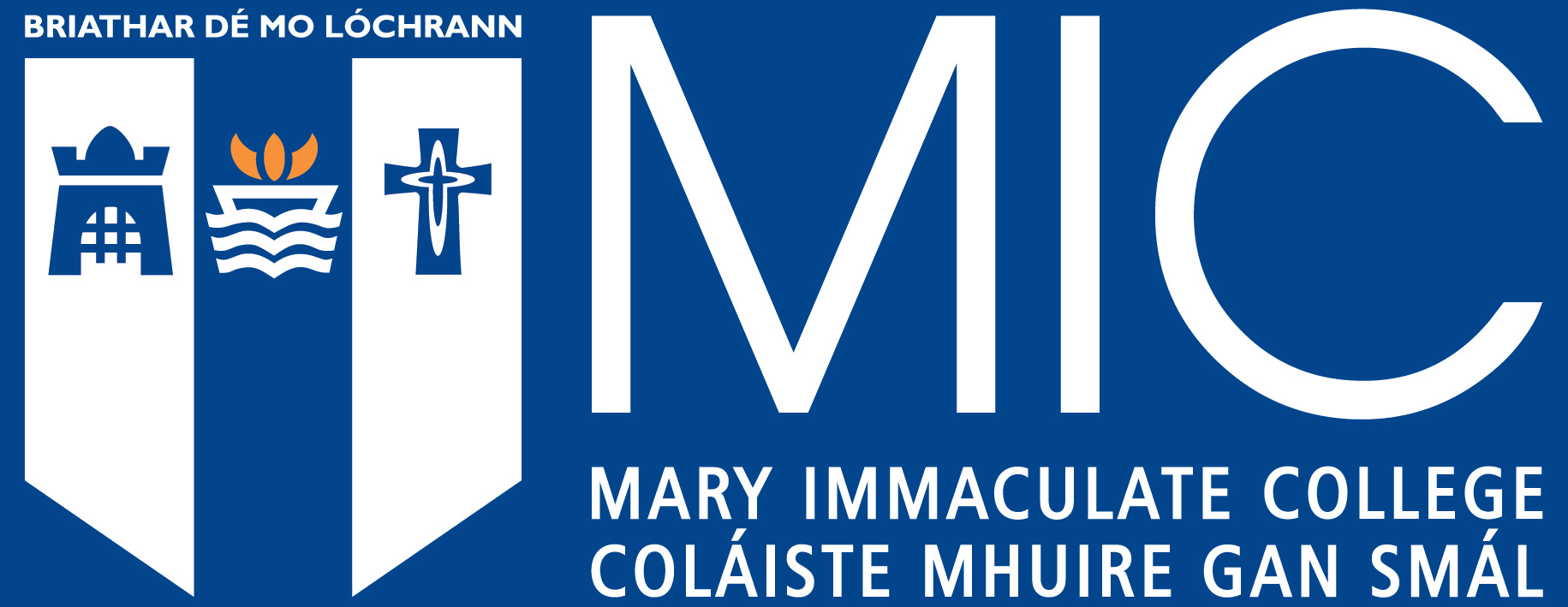Coach perceptions of performance enhancement in adolescence: The sport drug control model for adolescent athletes (Pre-published version)
Citation
Nicholls, A.R., Perry, J.L., Levy, A.R., Meir, R., Jones, L., Baghurst, T., Sanctuary, C., Thompson, M.A. (2015) 'Coach perceptions of performance enhancement in adolescence: The sport drug control model for adolescent athletes.' Performance 6 Enhancement & Health 3(2), pp. 93-101. DOI: 10.1016/j.peh.2015.07.001.

View/
Date
2015Author
Perry, John
Nicholls, Adam R.
Levy, Andrew R.
Meir, Rudi
Jones, Leigh
Thompson, Mark A.
Baghurst, Timothy
Sanctuary, Colin
Peer Reviewed
YesMetadata
Show full item record
Nicholls, A.R., Perry, J.L., Levy, A.R., Meir, R., Jones, L., Baghurst, T., Sanctuary, C., Thompson, M.A. (2015) 'Coach perceptions of performance enhancement in adolescence: The sport drug control model for adolescent athletes.' Performance 6 Enhancement & Health 3(2), pp. 93-101. DOI: 10.1016/j.peh.2015.07.001.
Abstract
Aim: We qualitatively explored the Sport Drug Control Model (SDCM; Donovan, Eggar, Kapernick, & Mendoza, 2002), in order to examine coaches’ perceptions of adolescent athletes’ attitudes and susceptibility towards doping.
Methods: Eleven coaches (M = 10) from four countries, who worked in seven different sports (athletics, basketball, kayaking, racquetball, rowing, rugby league, and rugby union) were recruited to take part in semi-structured interviews. Transcribed interviews were analysed via a three-stage inductive and deductive coding process, which allowed us to identify common themes among the participants.
Results: The coaches believed that adolescents’ attitudes towards doping were influenced by perceptions of threat and benefit appraisals, morality, self-esteem, legitimacy, and reference group opinion. We also identified additional factors, which included age/maturation, sport level, pressure, country of residence, and ethnicity.
Conclusions: Our findings provide qualitative support for the SDCM, but also offer fresh insight into some of the nuances specific to adolescent athletes from different countries and cultures. Further research is required to test our proposed model with larger samples of adolescent athletes.
Keywords
AttitudesCoaches
Doping
Performance enhancing drugs
Youth

